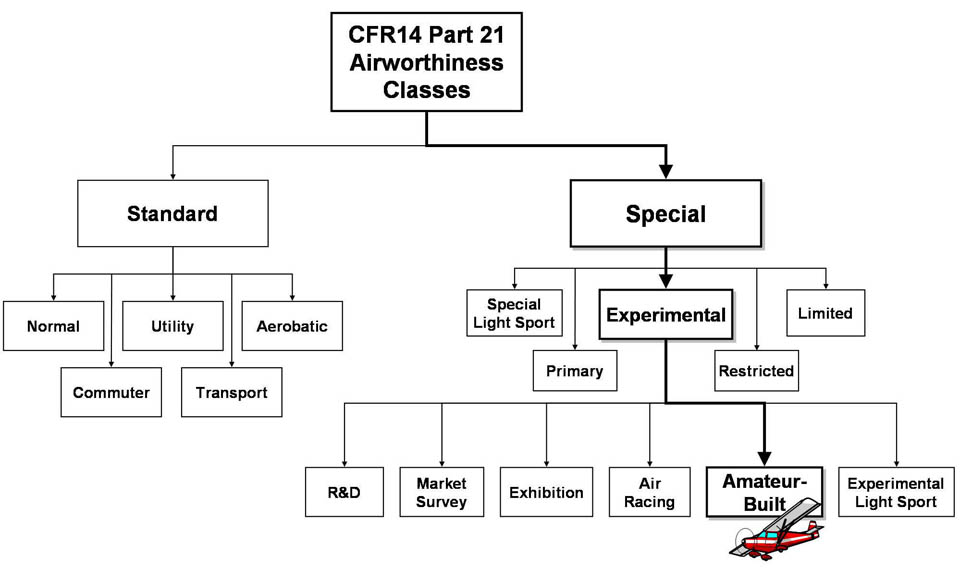DaleB
Final Approach
So let's recap.
With a gross weight over 1320#, OR a constant-speed prop, OR a cruise speed over 120 kt., it can't be S-LSA. Cross that off. You're not going to build a kit, so it can't be E-AB. Cross that off.
We have a delivered, assembled airplane, that can't be LSA, but doesn't have a type certificate and won't be amateur built. It's going to be something like Experimental Exhibition or some other restrictive category. Expect a good deal of extra paperwork to stay legal. I would advise doing a deep dive into the specifics of exactly how they plan to certificate that aircraft, and how YOU are going to keep it certificated and registered going forward. It would suck to end up with a $200K lawn ornament. And, if you have not already done so, you'll need to get that medical certificate renewed -- best to do that before making a large purchase.
It would also be interesting to explore the legality of flying an airplane with such a registration to other countries -- maybe not a problem. Plus there's a question of the availability of any sort of remotely suitable gasoline in the little island paradises at which you propose to land. Sure would suck to land and not be able to take off again; you could end up stranded for months on an island in the South Pacif..... oh... wait... holy crap, that's a stellar idea!!
Seriously, though, for long over-water legs in a light piston single, you'll also want to figure out how much of your available space and weight will be occupied by the life jacket, raft, water and provisions you'll need to carry. You really, really don't want to have to tread water for a few days until someone figures out where you might have drifted and picks you up.
With a gross weight over 1320#, OR a constant-speed prop, OR a cruise speed over 120 kt., it can't be S-LSA. Cross that off. You're not going to build a kit, so it can't be E-AB. Cross that off.
We have a delivered, assembled airplane, that can't be LSA, but doesn't have a type certificate and won't be amateur built. It's going to be something like Experimental Exhibition or some other restrictive category. Expect a good deal of extra paperwork to stay legal. I would advise doing a deep dive into the specifics of exactly how they plan to certificate that aircraft, and how YOU are going to keep it certificated and registered going forward. It would suck to end up with a $200K lawn ornament. And, if you have not already done so, you'll need to get that medical certificate renewed -- best to do that before making a large purchase.
It would also be interesting to explore the legality of flying an airplane with such a registration to other countries -- maybe not a problem. Plus there's a question of the availability of any sort of remotely suitable gasoline in the little island paradises at which you propose to land. Sure would suck to land and not be able to take off again; you could end up stranded for months on an island in the South Pacif..... oh... wait... holy crap, that's a stellar idea!!
Seriously, though, for long over-water legs in a light piston single, you'll also want to figure out how much of your available space and weight will be occupied by the life jacket, raft, water and provisions you'll need to carry. You really, really don't want to have to tread water for a few days until someone figures out where you might have drifted and picks you up.





